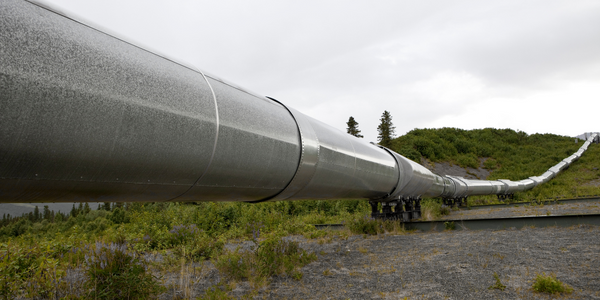Customer Company Size
Large Corporate
Region
- America
Country
- United States
Product
- DocuWare
Tech Stack
- Document Management System
Implementation Scale
- Enterprise-wide Deployment
Impact Metrics
- Productivity Improvements
- Customer Satisfaction
Technology Category
- Functional Applications - Enterprise Resource Planning Systems (ERP)
Applicable Industries
- Oil & Gas
Applicable Functions
- Business Operation
Use Cases
- Remote Asset Management
Services
- System Integration
About The Customer
Cabot Oil & Gas Corporation is a publicly traded exploration and production company with two main offices and four field offices in Texas, Pennsylvania, and West Virginia. The company is committed to responsibly delivering oil and natural gas within the communities they serve. They strive to provide their employees with access to information whenever they need it across office locations. The company is also mandated to comply with Sarbanes-Oxley requirements due to its status as a publicly traded company.
The Challenge
Before the implementation of DocuWare, Cabot Oil & Gas Corporation faced several challenges in their accounting department. The process of mailing completed invoices and accompanying documents to the corporate office for filing was time-consuming and occasionally resulted in lost documents. Staff also spent a significant amount of time searching through files to find paper documents. As a publicly traded company, Cabot is also required to comply with Sarbanes-Oxley requirements, which was a cumbersome process with their previous system. The company needed a solution that would streamline their workflows, improve access to information, and help them adhere to compliance standards.
The Solution
Cabot Oil & Gas Corporation implemented DocuWare to automate business processes in their accounting department. The first step involved digitizing voucher packets containing an invoice, accompanying backup documents such as work tickets, spreadsheets, and the pay voucher sheet generated by the accounting system. A barcode was added to the voucher sheet and used as a cover sheet to indicate the start and stop of each packet. Documents were scanned, indexed, and stapled into virtual packets. Over time, the process evolved, and most of Cabot’s vendor invoices are now received electronically, with data imported directly from the accounting system into DocuWare. DocuWare’s security features and version control help the company meet Sarbanes-Oxley regulations more efficiently.
Operational Impact

Case Study missing?
Start adding your own!
Register with your work email and create a new case study profile for your business.
Related Case Studies.

Case Study
Taking Oil and Gas Exploration to the Next Level
DownUnder GeoSolutions (DUG) wanted to increase computing performance by 5 to 10 times to improve seismic processing. The solution must build on current architecture software investments without sacrificing existing software and scale computing without scaling IT infrastructure costs.

Case Study
Remote Wellhead Monitoring
Each wellhead was equipped with various sensors and meters that needed to be monitored and controlled from a central HMI, often miles away from the assets in the field. Redundant solar and wind generators were installed at each wellhead to support the electrical needs of the pumpstations, temperature meters, cameras, and cellular modules. In addition to asset management and remote control capabilities, data logging for remote surveillance and alarm notifications was a key demand from the customer. Terra Ferma’s solution needed to be power efficient, reliable, and capable of supporting high-bandwidth data-feeds. They needed a multi-link cellular connection to a central server that sustained reliable and redundant monitoring and control of flow meters, temperature sensors, power supply, and event-logging; including video and image files. This open-standard network needed to interface with the existing SCADA and proprietary network management software.

Case Study
Refinery Saves Over $700,000 with Smart Wireless
One of the largest petroleum refineries in the world is equipped to refine various types of crude oil and manufacture various grades of fuel from motor gasoline to Aviation Turbine Fuel. Due to wear and tear, eight hydrogen valves in each refinery were leaking, and each cost $1800 per ton of hydrogen vented. The plant also had leakage on nearly 30 flare control hydrocarbon valves. The refinery wanted a continuous, online monitoring system that could catch leaks early, minimize hydrogen and hydrocarbon production losses, and improve safety for maintenance.










